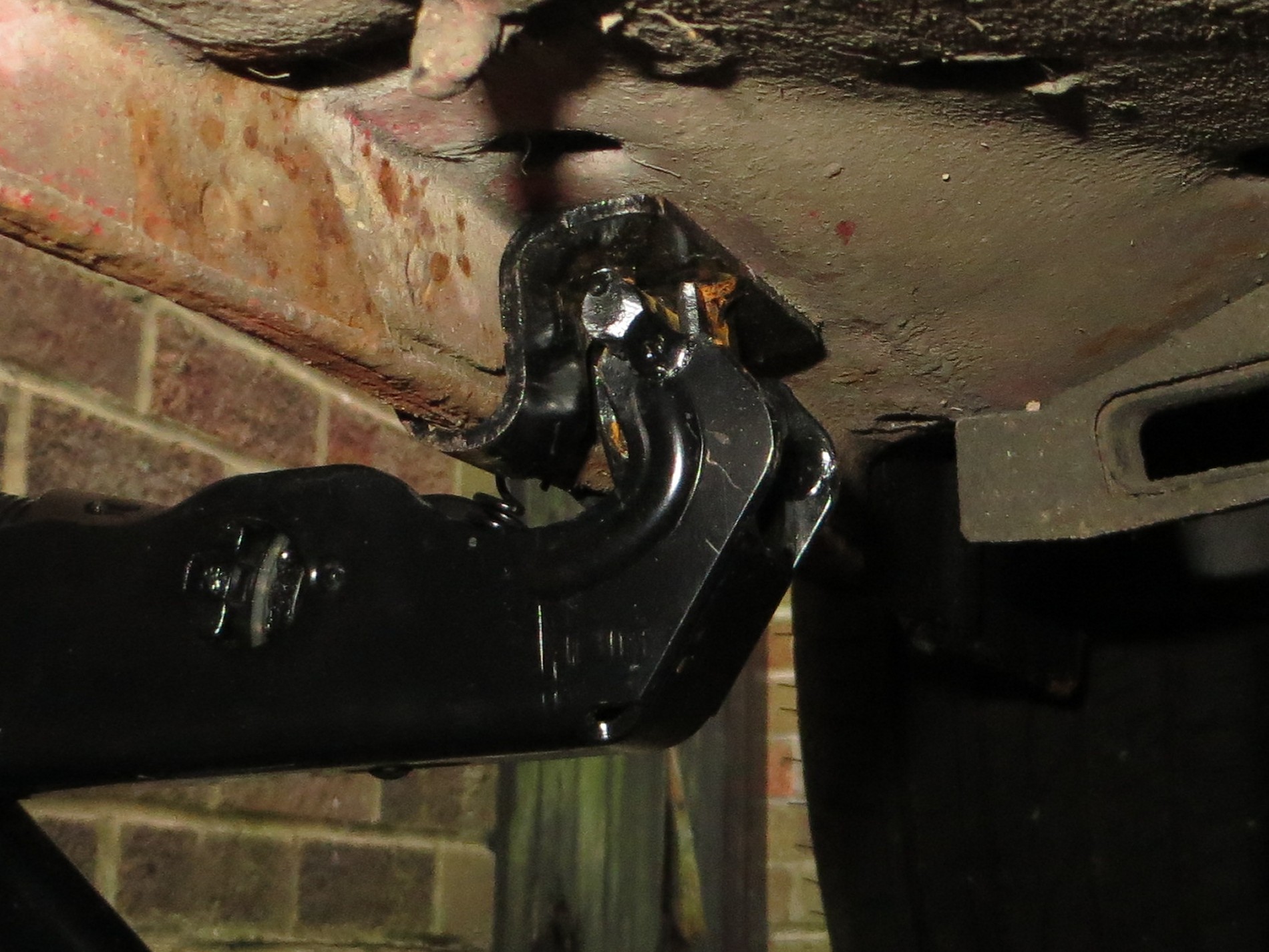I wanted to get a trolley jack and a pair of axle stands so I can do work under the car. It has pinch welds all along the sills, and looking at the Ford manual and the Haynes book, that is where I should be jacking and supporting it. The Haynes manual says to use a block of wood with a slot in it to locate on the weld.
But my question as a person new to this, is where should I be putting the weight, ie. is it right for a block to be fitting around the weld and lifting by putting the stress on the main structure either side of it? Especially as the integrity of the metal is probably ok but might be slightly questionable.
The original scissor jack is in a U shape, with the outside part of the U lower. It fits perfectly around the pinch weld, with the inner part touching the metal, and the outside not quite touching.
I see a lot of videos of people using hockey pucks with slots in them. Some don't even have a slot and just lift on the weld itself. Not this exact car, but still on a pinch weld. I'm worried how much rubber or wood might deform or split, especially as a slot would need to be a good 2cm or more deep, so you end up with two tall sides with only a small flat bit connecting them at the bottom.
And axle stands are shaped unlike the jack saddle, so how would you make sure that wood or a rubber puck stays safely in place on them?
I haven't bought anything yet, so here are images of the factory jack and how it fits:
And this is what the jack and stands I was probably going to go for are like:




